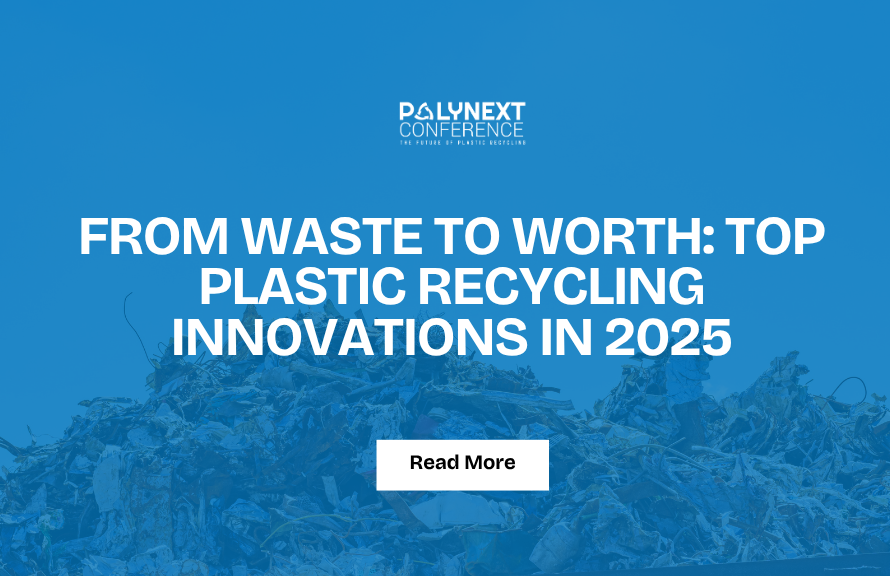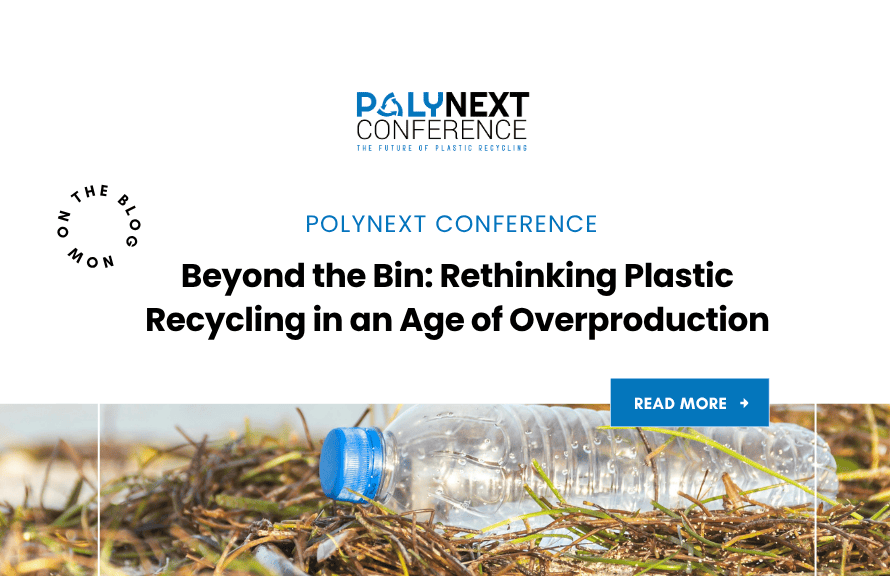Plastic pollution is one of the most pressing environmental issues today, with millions of tons of plastic waste entering our ecosystems annually. The circular economy offers a forward-thinking solution to this crisis by reimagining how plastic is produced, used, and managed throughout its lifecycle.
What is a Circular Economy for Plastics?
A circular economy for plastics aims to retain the value of plastic materials within the economy for as long as possible. It focuses on designing out waste and pollution, keeping products and materials in use, and regenerating natural systems. This approach is built on three core principles:
Eliminate problematic and unnecessary plastic items.
Innovate to ensure plastics are reusable, recyclable, or compostable.
Circulate plastic materials through robust collection, reuse, and recycling systems—preventing environmental leakage.
This model offers a clear alternative to the traditional linear system of “take, make, dispose,” which is responsible for growing waste and resource depletion.
Key Benefits
By shifting to a circular economy for plastics, we can achieve substantial benefits by 2040:
Reduce plastic leakage into oceans by 80%
Cut greenhouse gas emissions from plastic production and use by 25%
Save up to USD 200 billion annually
Create 700,000 net additional jobs
Core Strategies
1. Elimination: Remove unnecessary and hard-to-recycle plastics.
2. Innovation: Redesign products and packaging for reuse, recycling, or composting; adopt new business models promoting reuse.
3. Circulation: Develop efficient systems for collection, sorting, and recycling to ensure plastics stay in the economy.
Implementation and Challenges
Transitioning to a circular plastics economy requires collective action from governments, businesses, and consumers. Key enablers include:
Policy frameworks and financial incentives
Investment in recycling and waste management infrastructure
Adoption of sustainable product design and renewable materials
Innovations such as chemical recycling and digital waste tracking
How Businesses Can Implement a Circular Economy for Plastics
1. Design for Recycling and Reuse
Create products and packaging that are easily recyclable or reusable.
2. Use Recycled Content
Incorporate high-quality recycled plastics to reduce dependency on virgin plastic.
3. Extended Producer Responsibility (EPR)
Take accountability for plastic products throughout their lifecycle, including post-consumer collection and recovery.
4. Collaborate Across the Value Chain
Work with suppliers, recyclers, regulators, and NGOs to scale sustainable systems and solutions.
5. Invest in Waste Management Infrastructure
Support or build systems for plastic collection and recycling, particularly in underserved regions.
6. Innovate Business Models
Explore models such as product-as-a-service, refill stations, and reusable packaging.
7. Digital Traceability
Use digital tools to track plastic use and recycling progress for transparency and data-driven decision-making.
8. Raise Awareness
Engage consumers and stakeholders on responsible plastic use and the value of circular practices.
Case Example: Banyan Nation
India’s Banyan Nation showcases circular innovation by using advanced recycling technology, collaborating with global brands, and employing digital traceability tools. Their approach has significantly reduced virgin plastic usage and carbon emissions, setting a strong example for emerging markets.
Long-Term Vision
Businesses must adopt a long-term, systems-based approach—customizing solutions to local needs, driving continuous innovation, and supporting circular ecosystems that generate both environmental and economic values.
Conclusion: A Path Toward a Sustainable Future
A circular economy for plastics is more than an environmental solution—it’s a strategic opportunity to create sustainable value. By rethinking design, production, and waste, businesses and communities can lead the transition to a cleaner, more resource-efficient future.
PolyNext 2025, an upcoming global platform for circular plastics innovation, will spotlight solutions and partnerships advancing this vision. From cutting-edge recycling tech to pioneering reuse models, the event will bring together leaders across the plastics value chain to accelerate the shift toward a circular future.
References:
Ellen MacArthur Foundation:Plastics and the circular economy – deep dive
PlastIndia International University:Circular Economy in the Indian Plastics Industry: A Path Towards Sustainability




